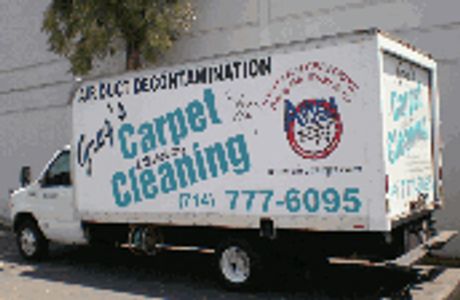Frequently Asked Questions
Why do some spots return even after a professional cleaning?
If contaminants have absorbed into the carpet backing or the pad, spots can resurface over time by “wicking” or migrating up through the carpet fibers, especially when the spot is moistened.
Can a “wicking” problem be solved?
Yes, The easy way is to temporarily hide the problem as dry cleaning does. That is to lightly clean the top face fibers, and then rely on rapid drying time so that the moisture from the cleaning does not activate the contaminants left just below the visual surface. Unfortunately, this builds up a problem over successive cleanings, as the bottom portion of carpet fibers become loaded up with not only the original contaminants, but the general dirt and grime from normal use. Another slightly more effective way to deal with a wicking problem is used by steam cleaners (bless their hearts) who would just take more time and work harder to clean deeper into the spot and then extract as much moisture as possible afterwards. Both of these methods do not solve the problem and leave most of the contaminant still in the carpet backing and pad, often reappearing in days or weeks.
Today, we have a new process called “Rotary Jet Extraction” (RX-20)
This patented equipment cleans in one second what it takes a man with a typical scrub wand cleaning the same area 5 times (you’ve seen them using the big vacuum wand that a man physically pushes back and forth). The “RX-20” restores your carpets to a fluffy-like new appearance. The most incredible cleaning tool you have ever seen. Now your home can be the healthiest possible environment.
How effective is this new “hot water extraction” system used by these dry cleaning companies?

“Hot water extraction” (HWE) is the technical name for (and exactly the same as) “steam” cleaning. If there is a difference, it is that the dry cleaners’ HWE system is a less effective, low-impact process modified primarily for fast drying times. Additionally, after a strong pre-spray is applied in high traffic areas, the same “natural” dry cleaning agent that is used as the primary cleaning chemical in their bonnet-buffing process is also used as the final rinsing agent in their HWE process. (Confused? You’re not alone!)... In contrast a typical steam cleaner will rinse with a true or dedicated rinsing solution after the pre-spray, again, leaving less residue.
Is the popular “dry” or “carbonated” cleaning process really better or safer for my carpets than steam cleaning?
This is a simple question that deserves a simple answer: NO, the popular “dry” or “carbonated” bonnet-buffing process is not better or safer for your carpets, nor does it leave less residue. These are marketing claims that in fact had substantial credibility in the mid 70s, when this process was introduced. At that time, steam cleaning had just come out of its infancy, and was in the process of being perfected. Shampooing carpets, as had been performed for many years prior to the 1970’s, was the real culprit or disaster, leaving carpets far too wet and loaded with soap residue, it’s easy to see why shampooing has long since been discarded as an option for carpet maintenance. Today’s advanced steam cleaning extraction equipment, cleaning agents, and high-heat processes now clean more thoroughly and deeply with very short and safe dry times (overnight) and leave less residue than any other carpet cleaning process. A good steam cleaning with a Rotary Jet Extractor will leave your carpets cleaner and your home healthier.
Will my carpets resoil faster after its first cleaning?
Yes, if a residue of cleaning agents are left in the carpet to attract and hold on to soils.
No. if a thorough and deep steam extraction is performed using high quality cleaning surfactants, leaving little or no residue and then replacing the carpet protection.
After carpet cleaning, is carpet protection really worth the cost?
Yes, if you regularly maintain your carpets by vacuuming, etc., or if they have light to moderate soiling over a one year period. A. No, if you do not maintain your carpets or they become heavily soiled in the same one year period. In this ease, more frequent cleanings (steam) would be a better value.
Copyright © 2019 Greg's Carpet Cleaning - All Rights Reserved.
